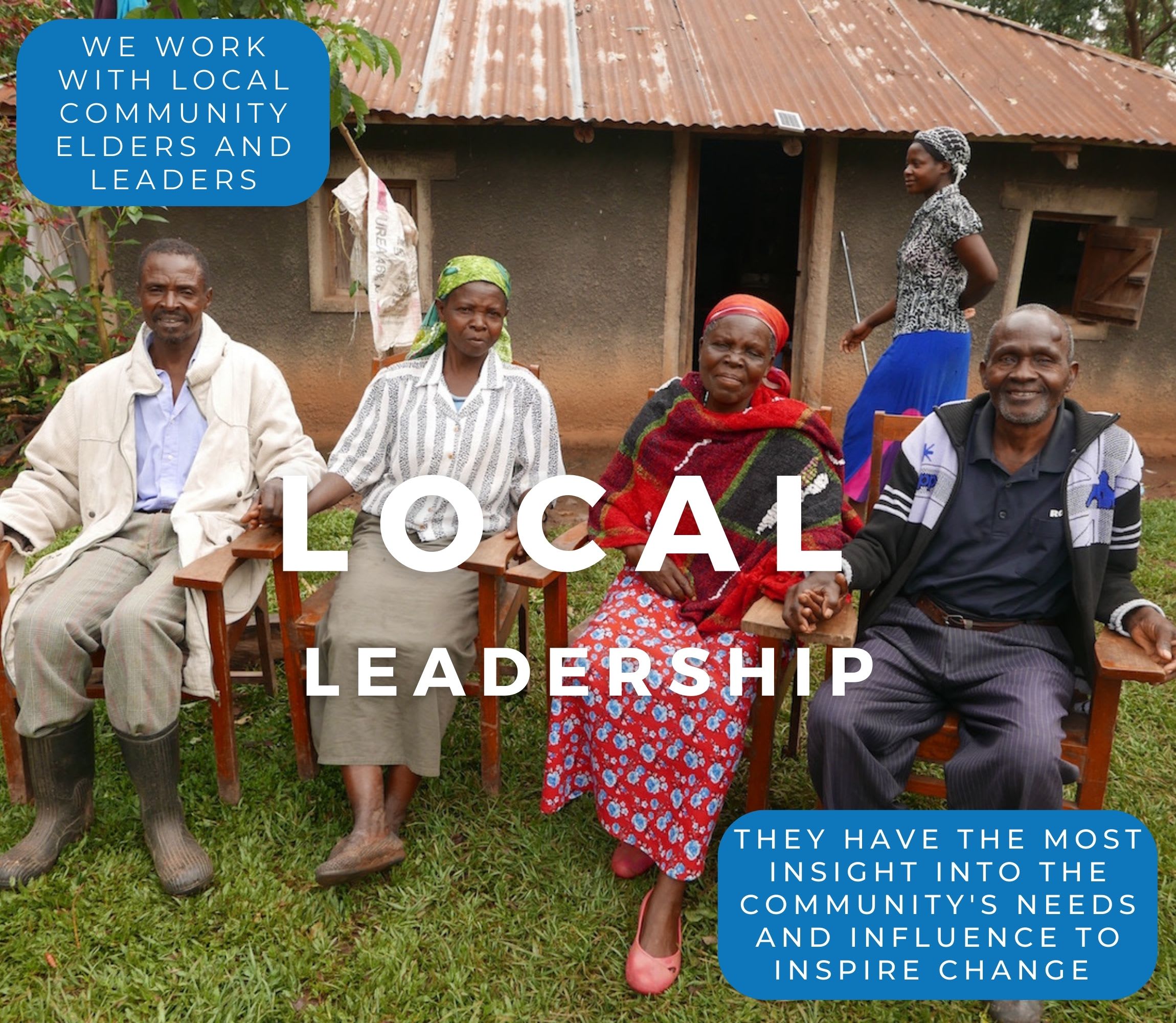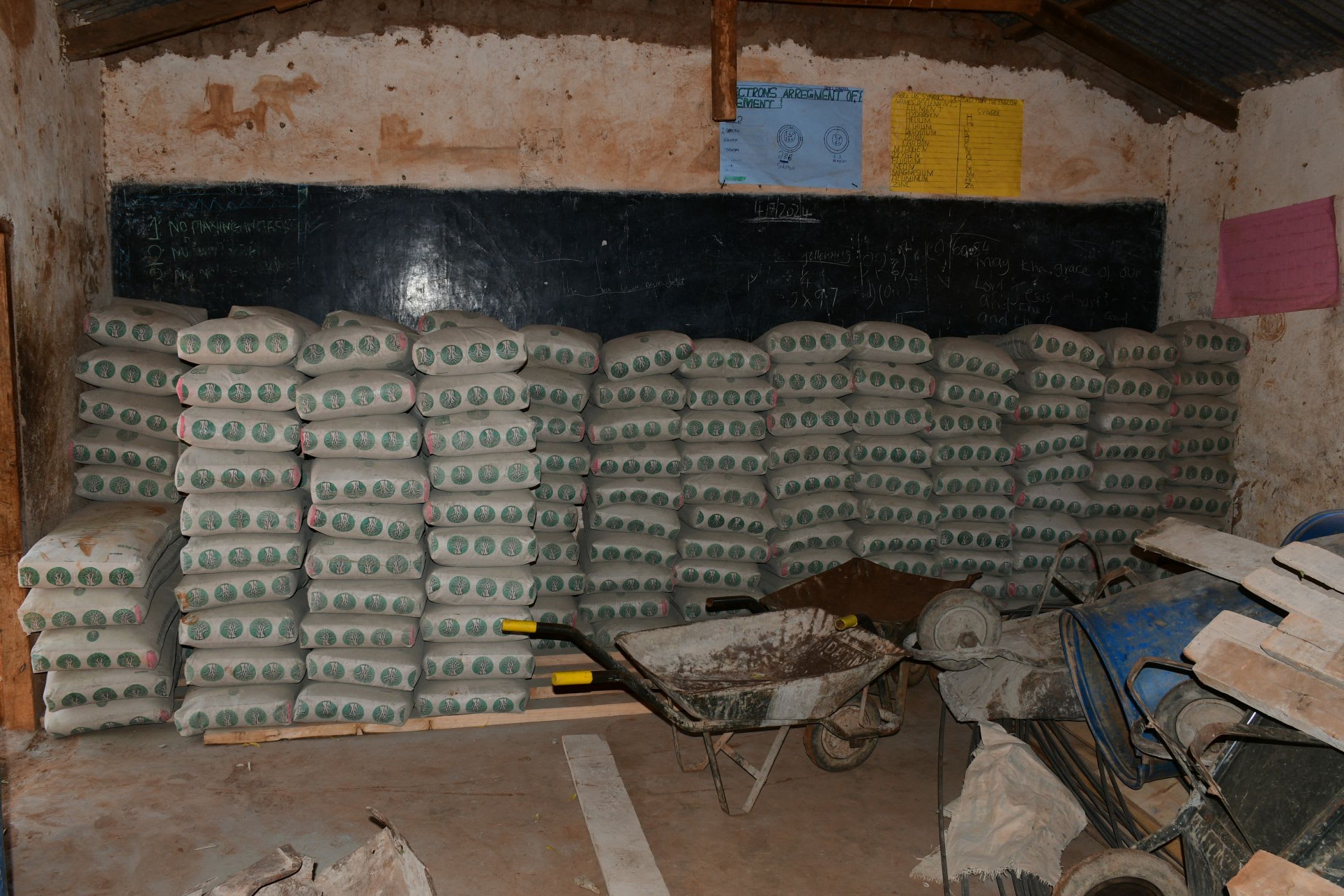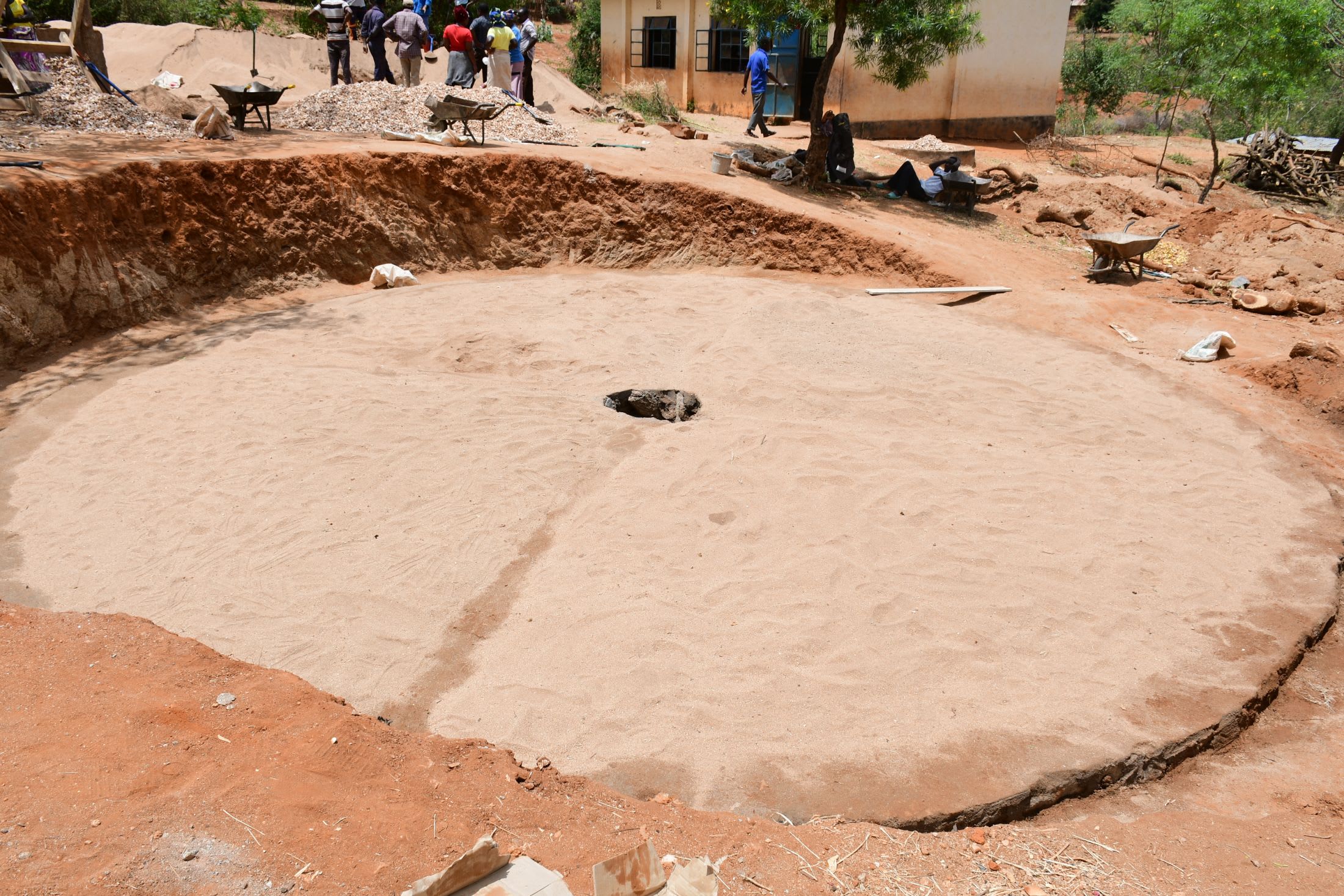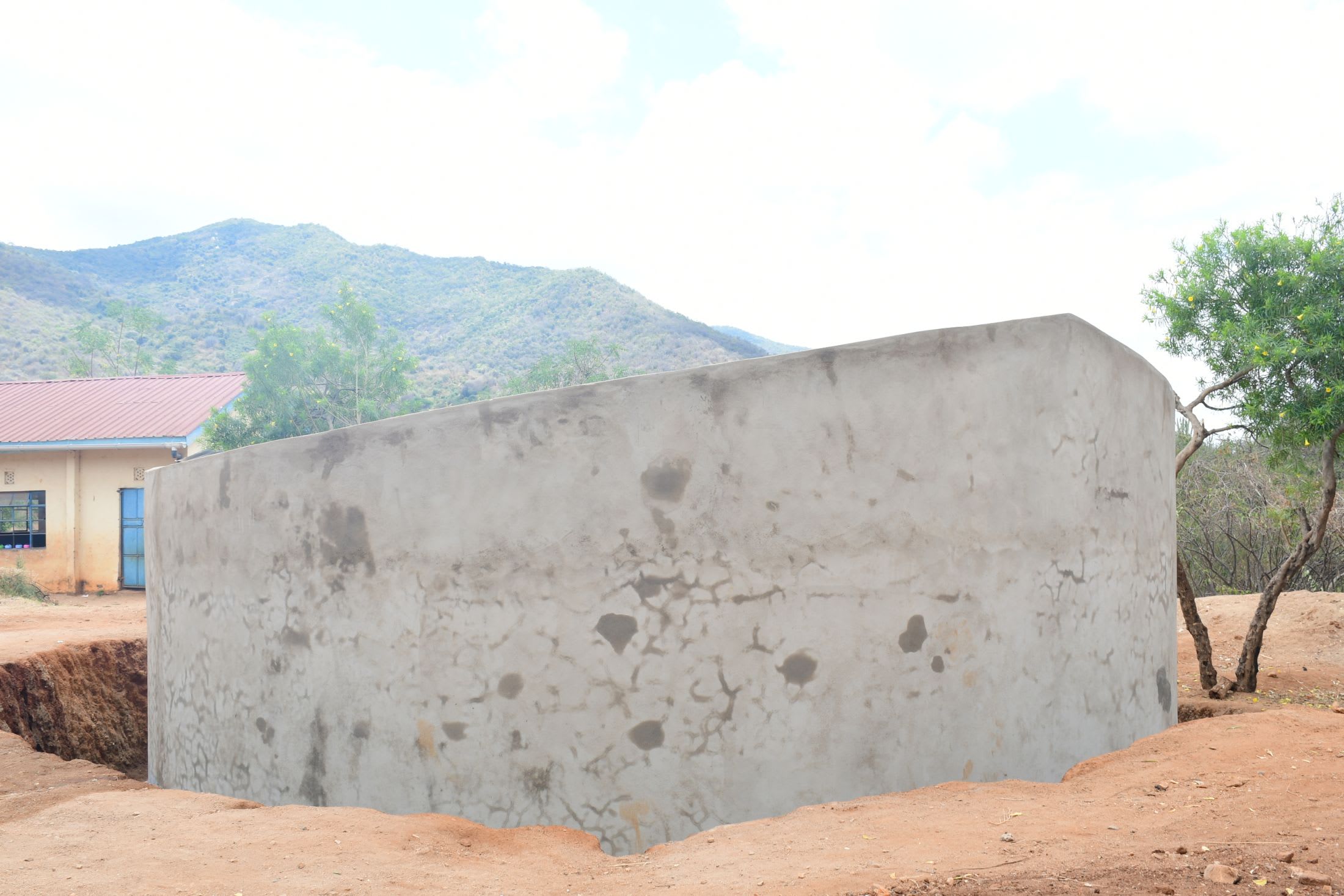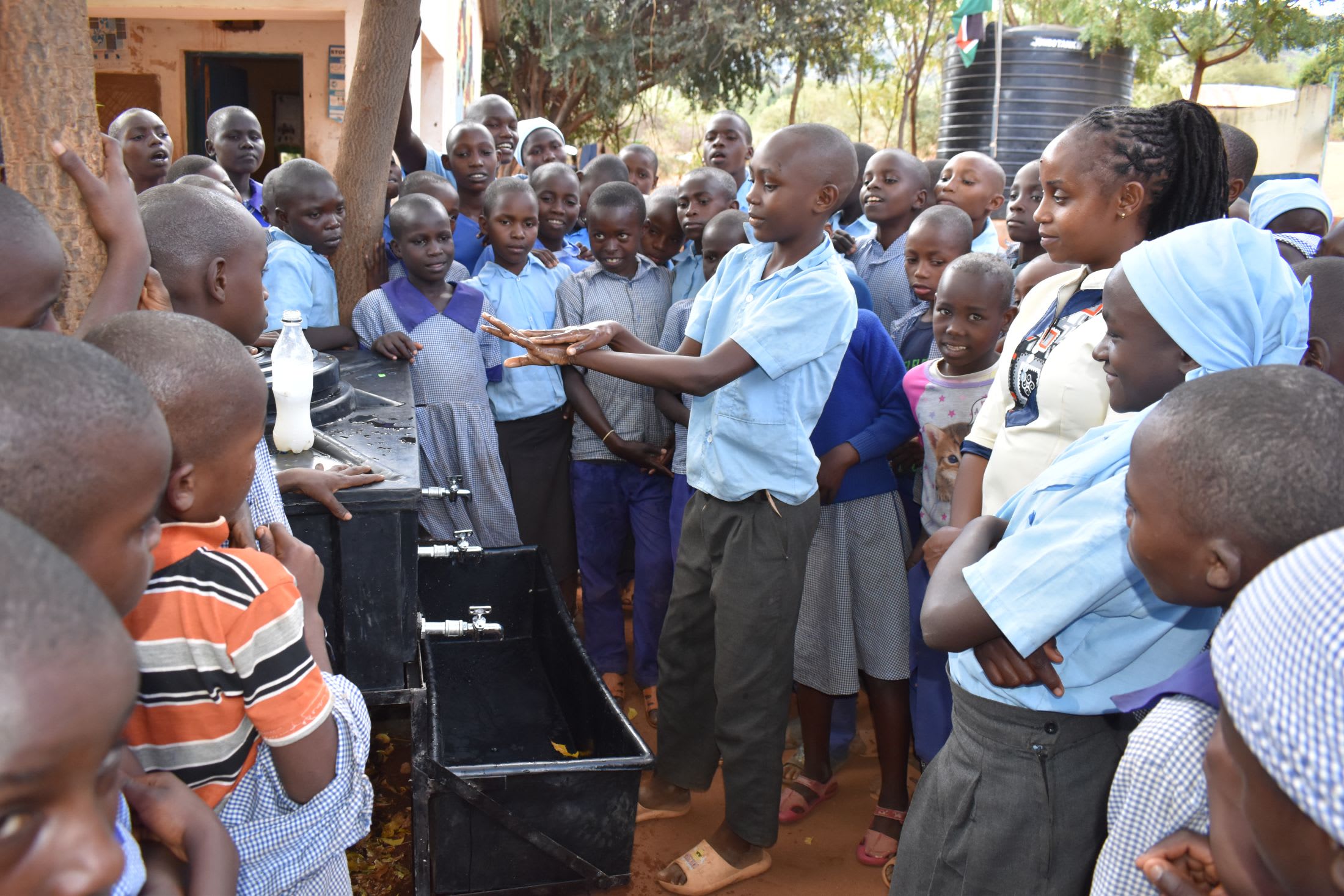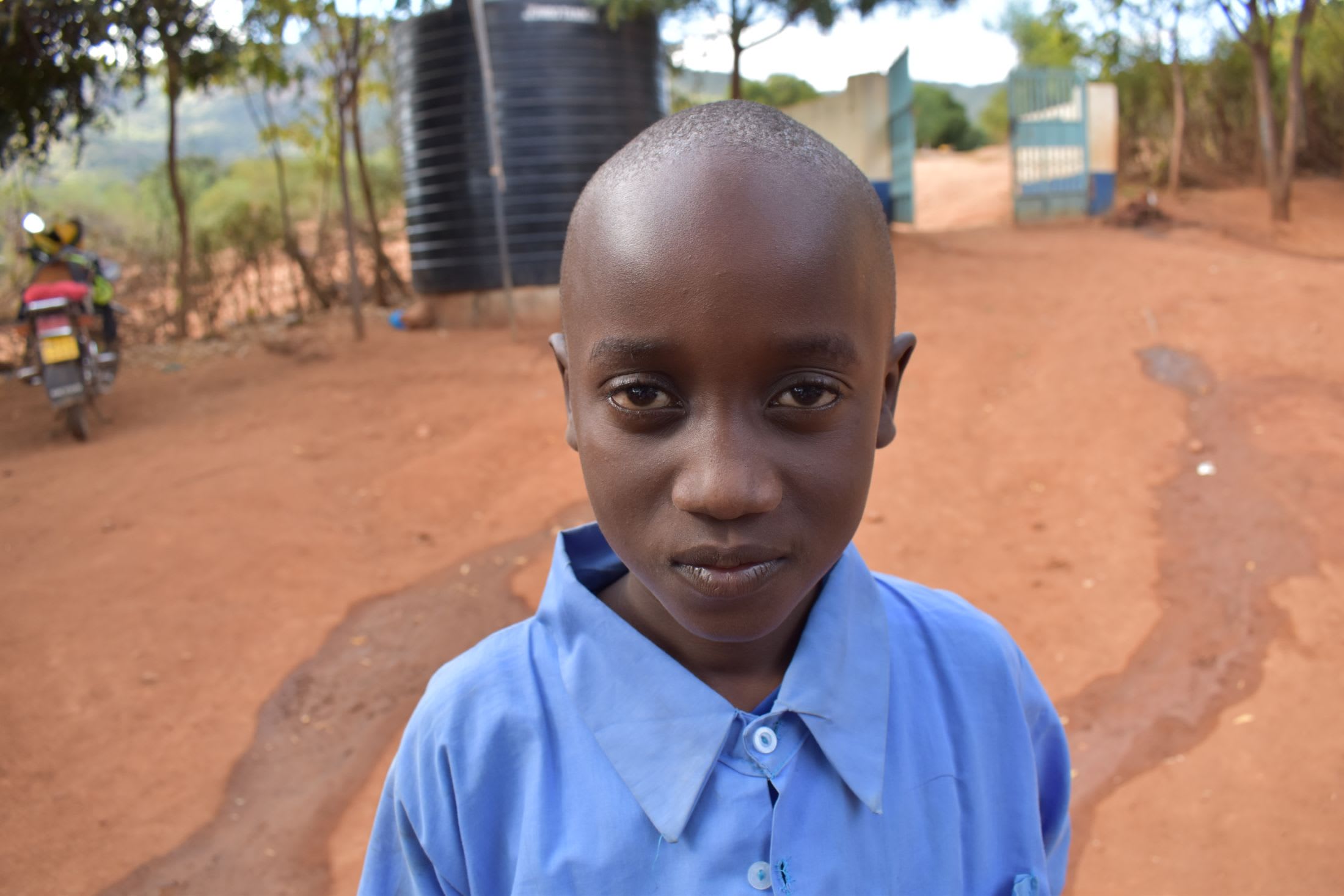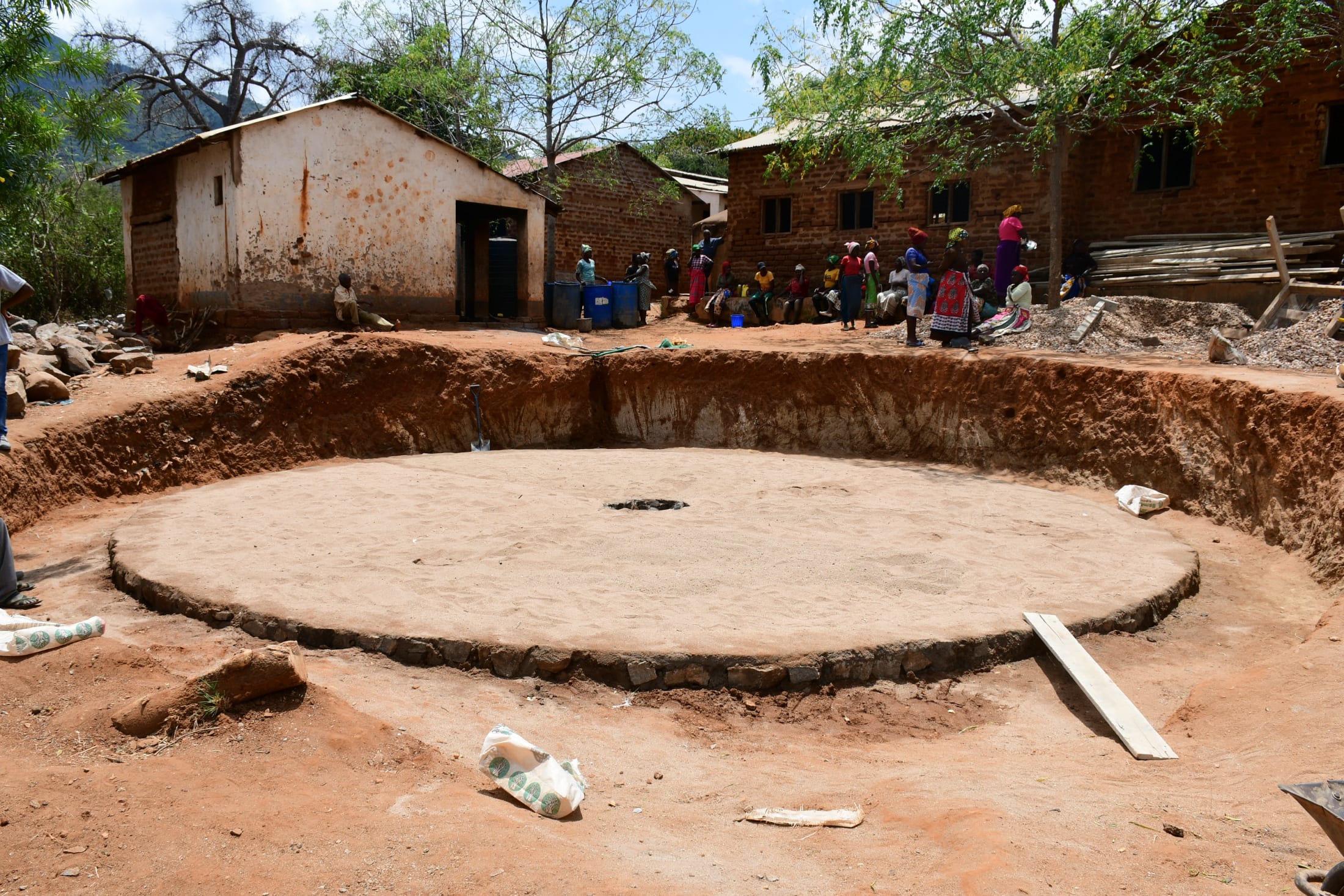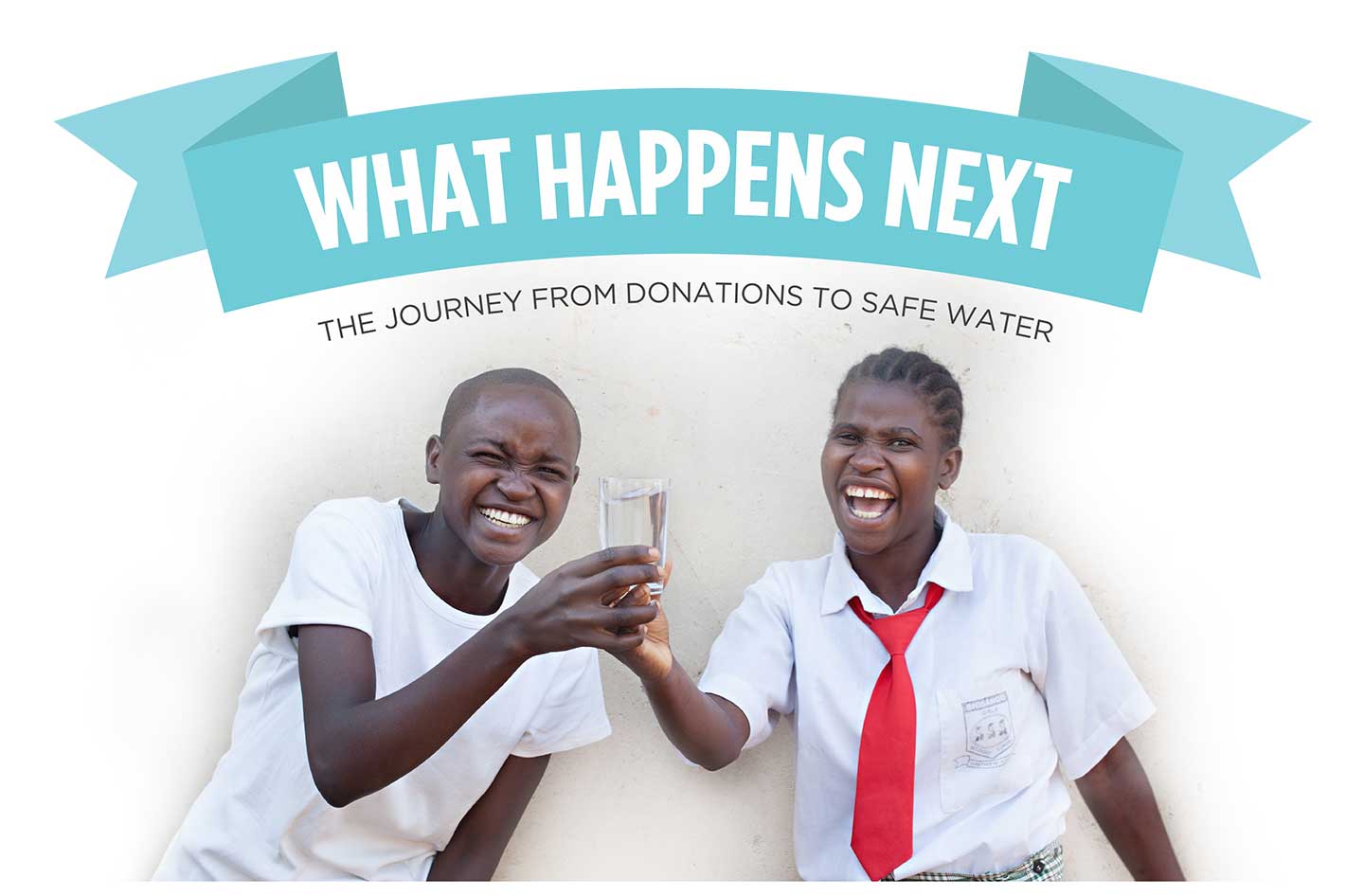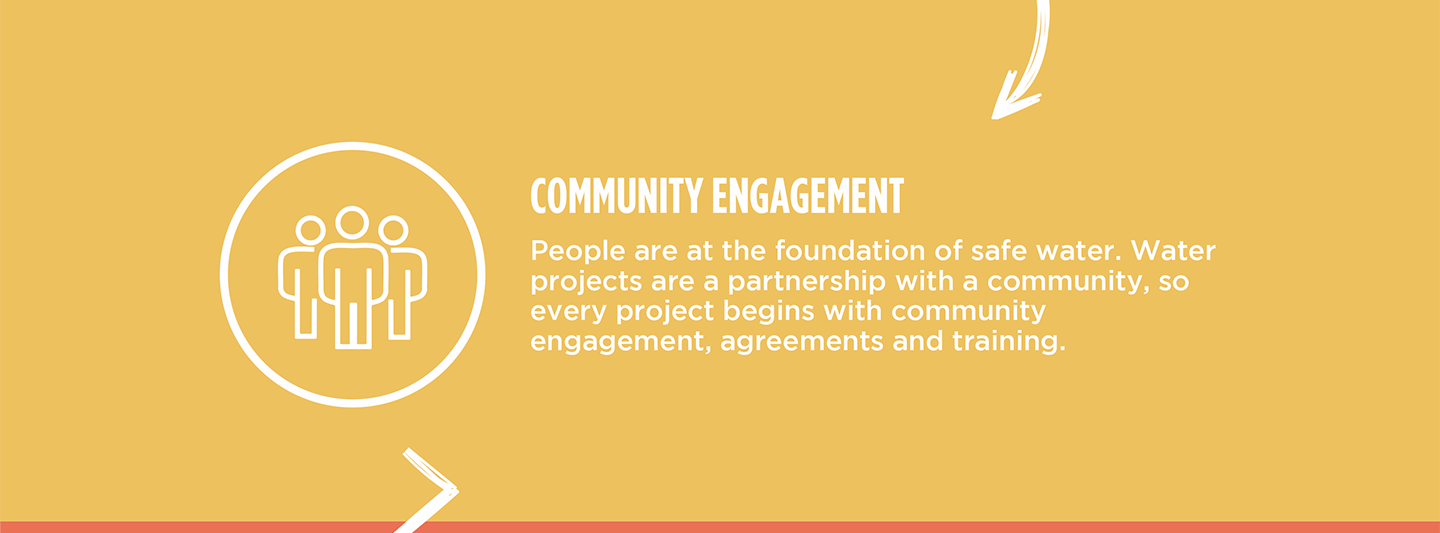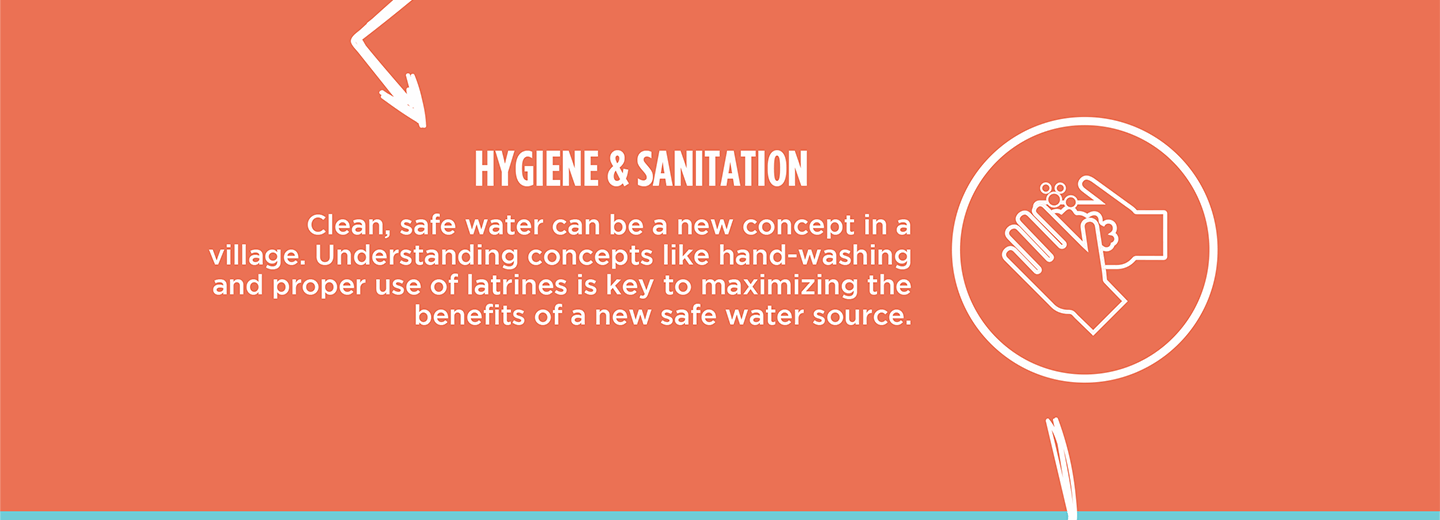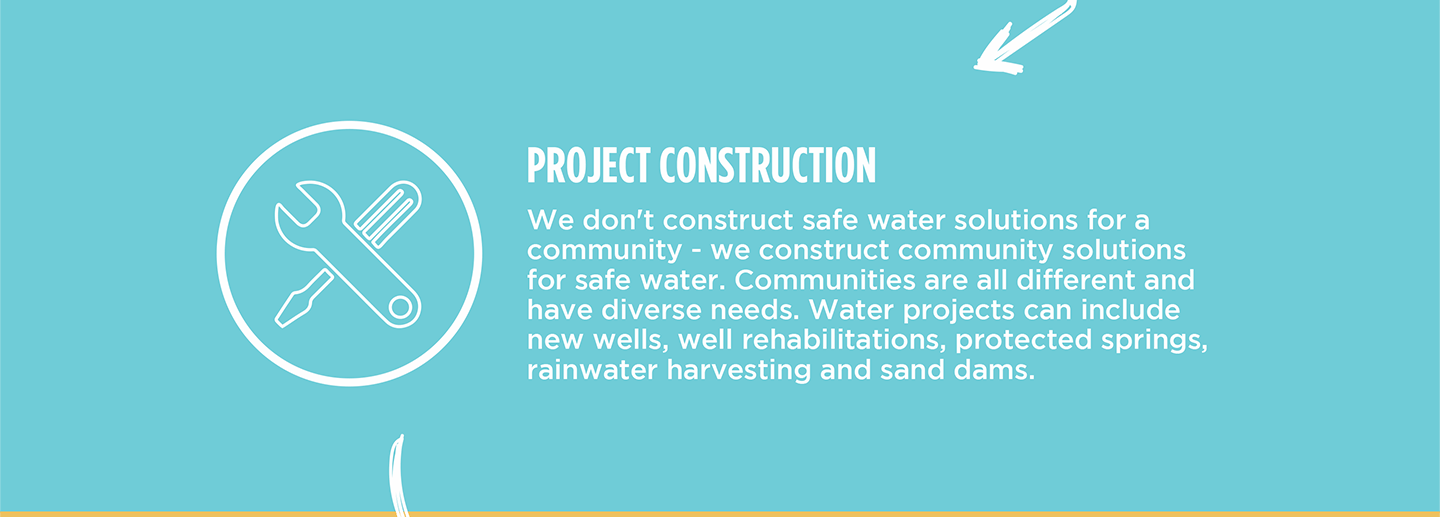The 305 students and teachers of Kasioni Primary School face a water crisis every day.
There are a couple of small rain tanks with taps on the school campus, but none of them are large enough to hold sufficient water to meet the school's needs. When the tanks run dry, which they inevitably do, students must walk to the local river to retrieve water. It is a time-consuming and exhausting task.
According to Unicef, "When water is further away, it requires more time to collect, which often means less time at school. Particularly for girls, a shortage of water in schools impacts student enrollment, attendance and performance."

"When the taps dry totally, pupils are forced to be sent to the river, around 1 kilometer from the school. If collecting water has taken too long, many boys and girls arrive late to class. They struggle to catch up with the lesson already in progress. Teachers face challenges as well. They experience frequent interruptions from students arriving at varying times throughout the morning, making it much more difficult to deliver an effective lesson plan," said field officer Jefferson Mutie.
"The school can't live without having water, but when schools in remote communities are forced to quench their thirst from unsafe sources, they are often punished by painful waterborne diseases caused by bacteria, parasites, and other contaminants. In such cases, water scarcity puts lives at risk," said field officer Jefferson Mutie.
The task of collecting water is hard enough, but students and staff who consume unsafe water often suffer from water-related illnesses that steal more of their energy and health.
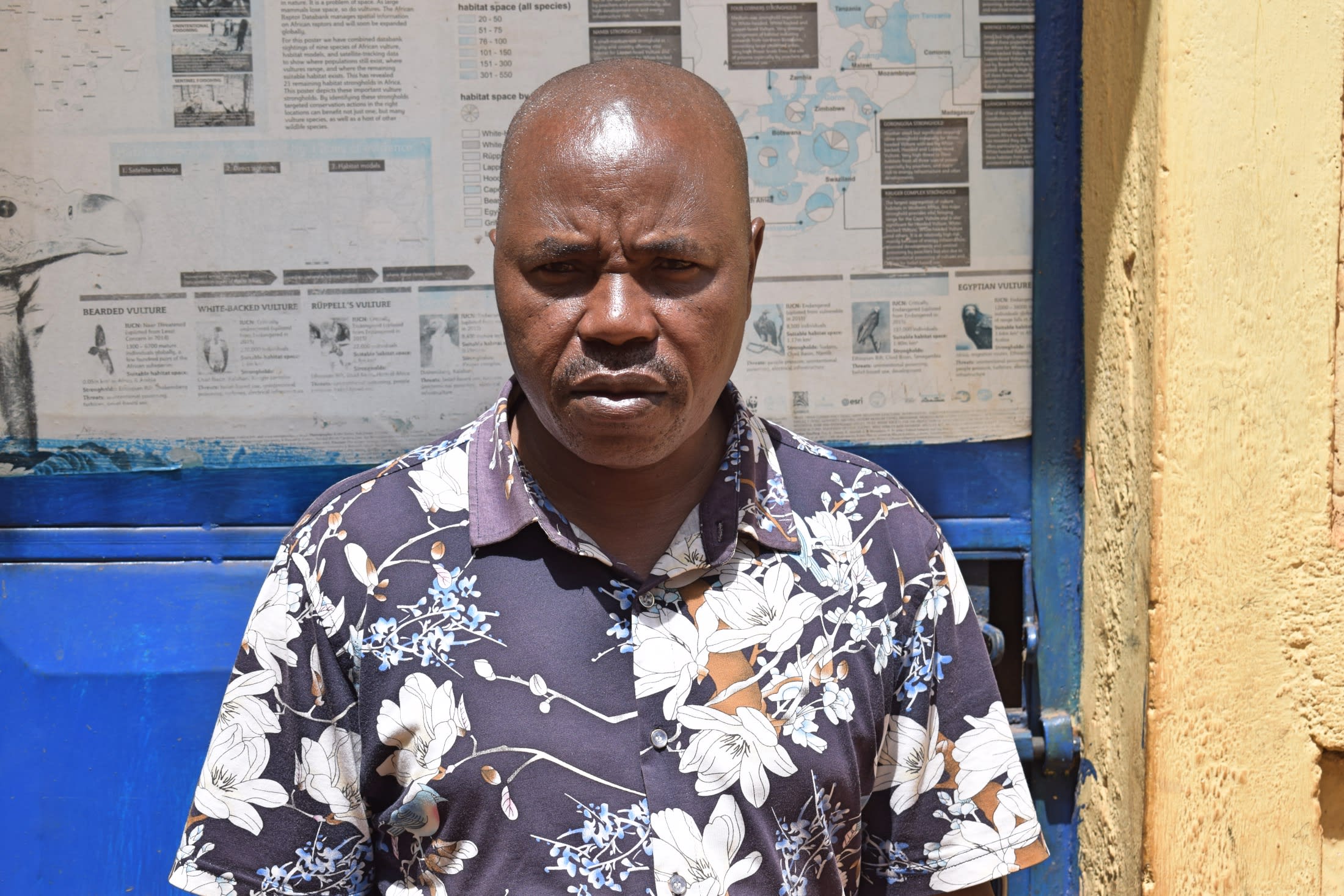
"Being the deputy head, I often get stressed whenever we don't have water in the school. I often get irritated whenever I see my pupils suffer," said 49-year-old headteacher Joseph Mwinza (seen above). "While making other decisions in the school, I have to prioritize water as a major decision because without water [there is] no school for us."
"For us, it is very hard to get water. Suffering is part of us. We sometimes lack as little as [enough] water for drinking while at school. This makes our life a bit hard in the school," said 12-year-old Eunice M., shown below, collecting water from one of the school's rain tank taps.
"Our latrines are [always] dirty, and because of the poverty levels in our community, we cannot afford shoes, hence making us step on urine and, at times, human excrement. This is a hard experience but an irresistible one," Eunice said.

The installation of a much larger rainwater catchment tank and guttering will enable the school to collect sufficient water during the short rainy season to sustain them throughout the year so students like Eunice and teachers like Joseph can focus on learning instead of wondering where to find their next drink of water.
Eunice concluded, "I hope for some bright days when [we] will no longer be worried about water, and I will enjoy being in school."
"I am hoping that water shall bring life to this precious school," said Joseph.
"Having a water tank will help pupils in this school have access to clean and reliable water all through the year, making the school run swiftly," concluded Jefferson.
Water at schools is unique, which is why we need unique solutions.
The Proposed Solution, Determined Together...
At The Water Project, everyone has a part in conversations and solutions. We operate in transparency, believing it benefits everyone. We expect reliability from one another as well as our water solutions. Everyone involved makes this possible through hard work and dedication.
In a joint discovery process, community members determine their most advantageous water solution alongside our technical experts. Read more specifics about this solution on the What We're Building tab of this project page. Then, community members lend their support by collecting needed construction materials (sometimes for months ahead of time!), providing labor alongside our artisans, sheltering and feeding the builders, and supplying additional resources.
Water Access for Everyone
This water project is one piece in a large puzzle. In Kenya, Sierra Leone, and Uganda, we're working toward complete coverage of reliable, maintained water sources that guarantee public access now and in the future within a 30-minute round trip for each community, household, school, and health center. One day, we hope to report that this has been achieved!
Training on Health, Hygiene & More
With the community's input, we've identified topics where training will increase positive health outcomes at personal, household, and community levels. We'll coordinate with them to find the best training date. Some examples of what we train communities on are:
- Improved hygiene, health, and sanitation habits
- Safe water handling, storage & treatment
- Disease prevention and proper handwashing
- Income-generation
- Community leadership, governance, & election of a water committee
- Operation and maintenance of the water point
Handwashing Stations
Alongside each water source in Southeast Kenya schools, we also provide three new handwashing stations fitted with three taps each, allowing nine students to wash their hands at once. These will allow everyone at the school to wash their hands without running water. Handwashing is so important to help prevent future water-related illnesses in the school community.
The student health club will maintain the stations, fill them with water, and supply them with soap (which we will teach the school community how to make during the training!).
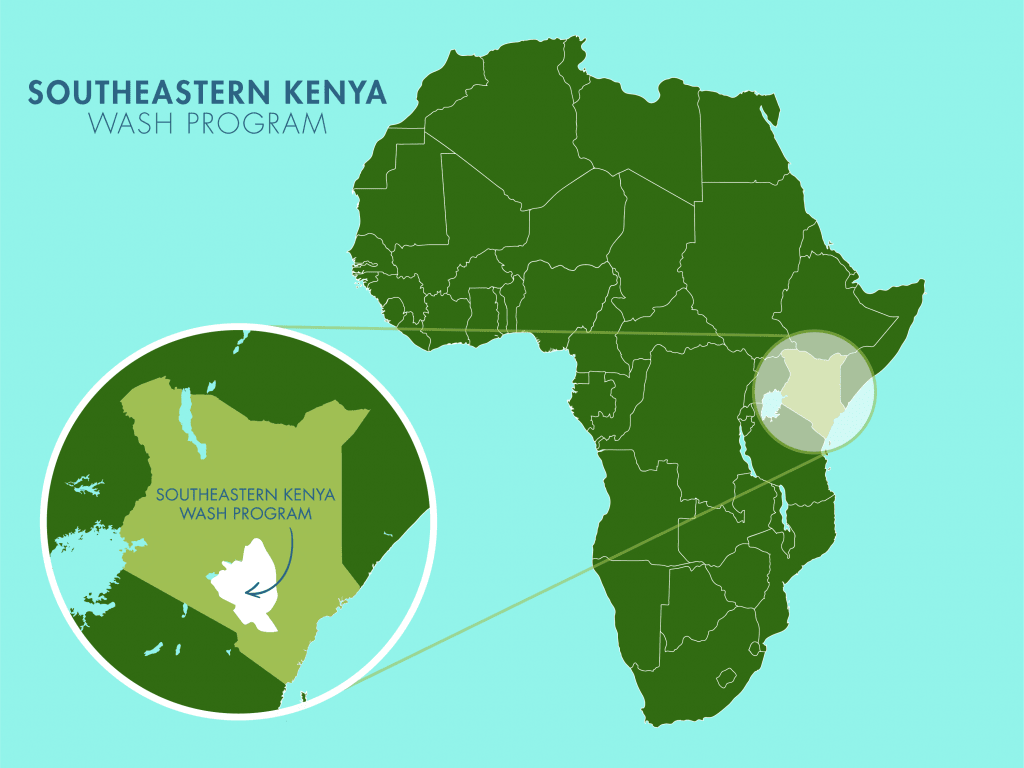
 Rainwater Catchment
Rainwater Catchment
 Rehabilitation Project
Rehabilitation Project

